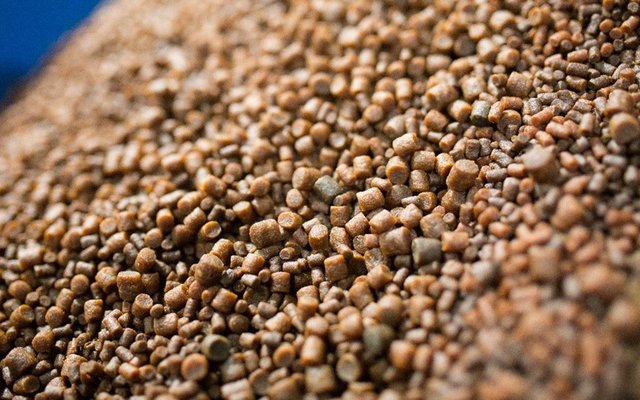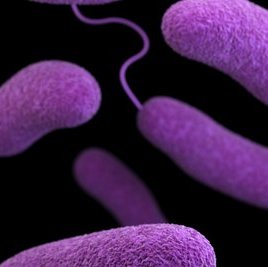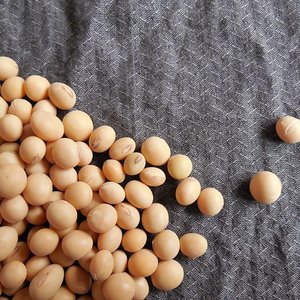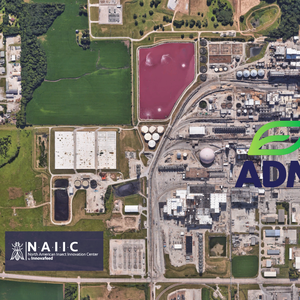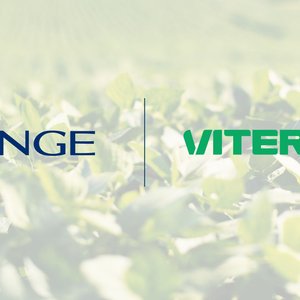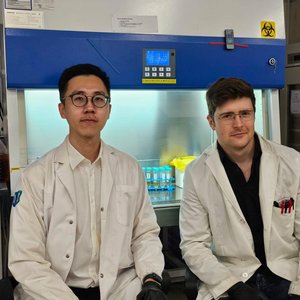Feed and nutrition are two of the most important input factors in the production of salmonids because they affect both growth, health and welfare, product quality, economy, productivity and the environment. As a result, there has always been significant research efforts in this area.
Over the past decade, the Norwegian Fisheries and Aquaculture Industry's Research Funding (FHF) has made a strategic commitment to strengthen knowledge about salmon's nutritional needs for lipids, as a result of the transition to plant-based feed recipes. This research showed the complexity of fish nutritional needs and how this is affected by other factors, both biological and environmental. Furthermore, recent research showed that different nutrients have a mutual influence on each other and that the level of one nutrient can affect the uptake and turnover of another. Despite the available knowledge about the nutritional needs of the most important nutrients, there is a lack of understanding of the interaction effects between different nutrients.
“Now that we have established knowledge about critical levels of important fatty acids in salmon feed, it is necessary to understand how other essential nutrients such as minerals contribute to salmon robustness, but also how these nutrients affect each other so that we can optimize feed recipes and utilization of the feed raw materials,” said Sven Martin Jørgensen, head of department at FHF.
A new project Interaction between nutrients and significance for salmon health and quality (ERN-INTERACTION), lead by Nofima in collaboration with the Institute of Marine Research, the University of Gothenburg, INRAE, NMBU, Skretting ARC and BioMar, will provide knowledge about how the interaction between fatty acids, zinc and cholesterol in the feed affects the fish's health and robustness in different parts of the production cycle.


